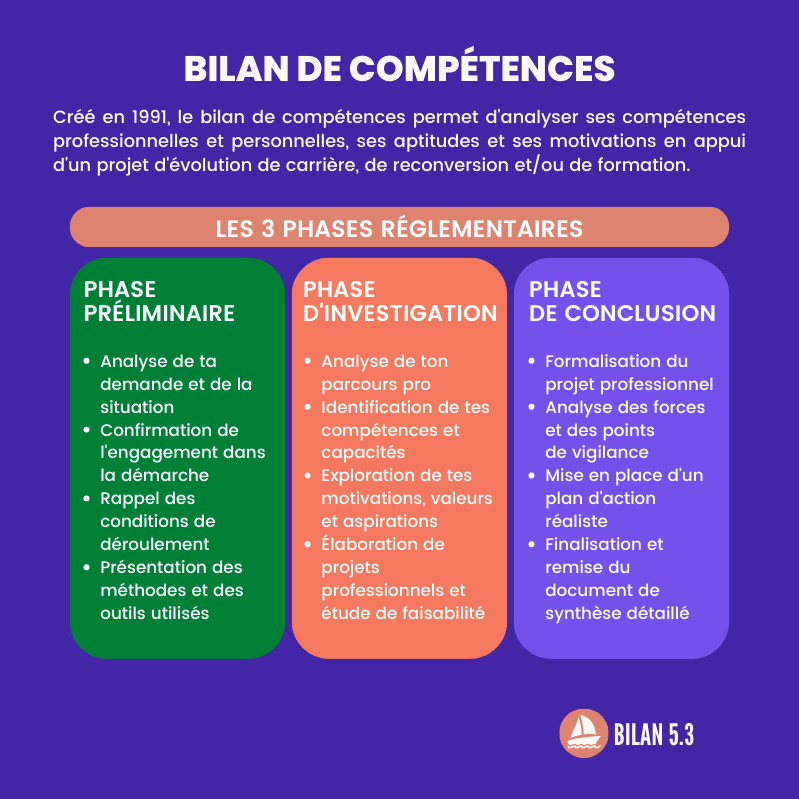A member of the EMA has confirmed a link between the AstraZeneca vaccine and the cases of thrombosis recorded in Europe. A collective of scientists claims that accidental intravenous injections could be the cause.

- In all, 62 cases of cerebral venous thrombosis have been recorded worldwide according to the EMA.
- The EMA does not know what causes cases of thrombosis in patients vaccinated with AstraZeneca serum.
- The track of an injection which would allow the vaccine to pass into a vein is to be taken with caution.
Finally, the European Medicines Agency (EMA) confirms a link between the AstraZeneca vaccine and the cases of thrombosis that have occurred across Europe in several patients after an injection. “We can now say it: it is clear that there is a link with the vaccine”, said Marco Cavaleri, head of vaccine strategy at the EMA, this Tuesday to the Italian daily Il Messaggero. The Agency is currently investigating this link after new cases of blood clots emerged in France and the UK. In all, 62 cases of cerebral venous thrombosis have been recorded worldwide according to the EMA, including 44 in the 30 countries of the European Economic Area (European Union, Iceland, Norway, Liechtenstein) for 9.2 million doses of vaccine administered. Among them, fourteen deaths were recorded.
Cases of thrombosis higher than expected
The reasons why the product of the British laboratory causes cases of thrombosis remain unknown. “What causes this reaction, we do not yet know., confirms Marco Cavaleri. (…) We have yet to figure out how this happens. We are trying to obtain a precise picture of what is happening, to precisely define this syndrome due to the vaccine (…) Among the vaccinated people, there are a number of cases of cerebral thrombosis in young people higher than this what we would expect.”
For several weeks, suspicions of serious side effects have appeared and have led several European countries to suspend the use of the AstraZeneca vaccine. The National Medicines Safety Agency (ANSM) had confirmed this risk, which it described as “very rare” before vaccination resumes in France for those over 55. Other countries have followed the French model such as Canada and Germany while others, such as Norway and Denmark, have suspended the use of this vaccine altogether.
Accidental intravenous injections?
A scientific collective, the Collectif du Côté de la Science, which brings together doctors, scientists, teachers and researchers, suggests that the occurrence of thrombosis in people vaccinated with AstraZeneca can be explained by an error during the injection of the vaccine. In an article published on March 25, the members of the collective speculated that the needle could have been inserted into a blood vessel rather than the deltoid muscle of the shoulder while the serum is intended for intramuscular injection. This would then lead to an immune over-reaction, including the production by certain white blood cells of a kind of “net” called “NET“which aims toto catch and imprison circulating viruses”, explains the Collective. According to several studies, TEN may be associated with the occurrence of thrombosis in the event that the injection of the vaccine is accidentally made into a vein.
For Élodie Salvaing, a nurse in Orléans who regularly performs injections, “this is possible but in very rare cases. The vaccine is administered with a suitable needle to get to the muscle. In addition, before the injection, we check by aspirating to see if there is a return of blood in the syringe.”. On this point, the Collective notes that the Ministry of Health does not recommend checking the absence of blood return, which would avoid having such suspicions. Besides, in the shoulder there are not many blood vessels. “If there were marginally a very small number of cases, this justification could be possible but it seems complicated to me for all the cases of thrombosis that there have been.”
.















